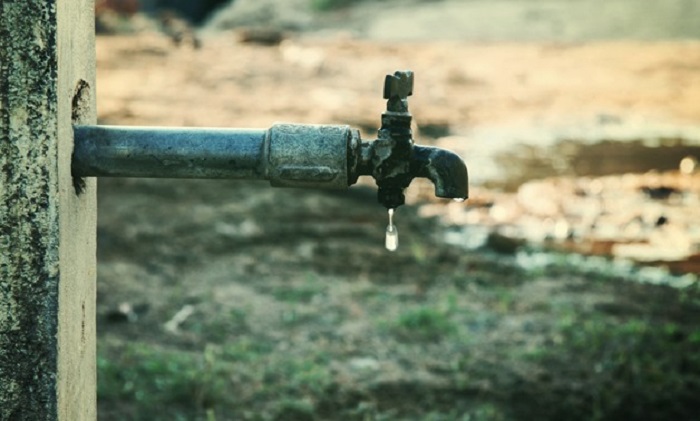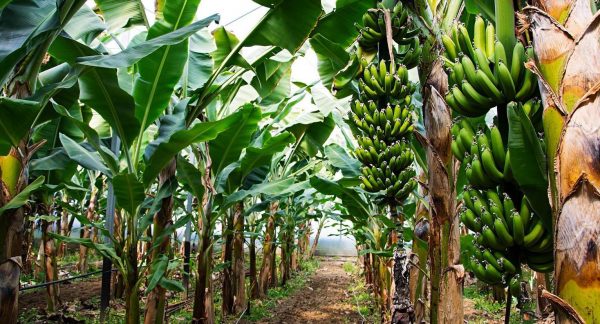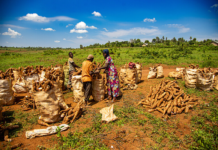
Abu Kassem, an heir to Makhluf Abu Kassem’s agricultural land in the far end of Egypt’s Fayoum oasis looks out what’s left of his shrivelling farm, surrounded by the barren wasteland that was once his neighbours’ farmland — victims of dwindling irrigation in recent years.
The land used to be fertile and green. They watered crops via canal irrigation which was linked to the River Nile. The Nile provides the country with a thin richly fertile stretch of green land across the desert.
However, years of mismanagement, corruption and increasing population led to the loss of at least 75% of farmland in the village and the surrounding areas, according to Abdel-Fattah el-Aweidi, head of Gazaer Quota Agriculture Association, overseeing the area.
Now, Abu Kassem dreads that a dam Ethiopia is building on the Blue Nile, the Nile’s main tributary, could add to it strikes the critical water shortages already hitting his village if no deal to ensure a continued flow of water.
The exact impact of the dam on downstream countries Egypt and Sudan remains unknown. For Egyptian farmers, the daunting prospect adds worry on top of the other causes of mounting water scarcity. Egypt is already spreading its water resources thin. Its booming population, now over 100 million, has one of the lowest per capita shares of water in the world, at around 550 cubic meters per year, compared to a global average of 1,000.
Ethiopia says the electricity its Grand Ethiopian Renaissance Dam will generate is a crucial lifeline to bring its nearly 110 million citizens out of poverty.
Egypt, which relies on the Nile for over 90% of its water supplies, including drinking water, industrial use and irrigation, fears it operates a devastating impact on the dam without taking its needs into account.
According to the media, Egypt wants to guarantee a minimum annual release of 40 billion cubic meters of water from the Blue Nile while Ethiopia fills the dam’s giant reservoir. That would be less than the 55 billion cubic meters Egypt usually gets from the Nile, mostly from the Blue Nile. Water stored behind Egypt’s Aswan High Dam in Lake Nasser, which has a gross capacity of 169 billion cubic meters of water would fill the shortage.
“If the dam is filled and operated without coordination between Egypt and Ethiopia, its impact will destroy the whole Egyptian society and the state cannot address its repercussions,” said Egypt’s former Irrigation Minister Mohammed Nasr Allam.
It is estimated that a permanent drop of 5 billion cubic meters of Nile water to Egypt would cause the loss of 1 million acres of farmland, or 12% of the country’s total, he said.







